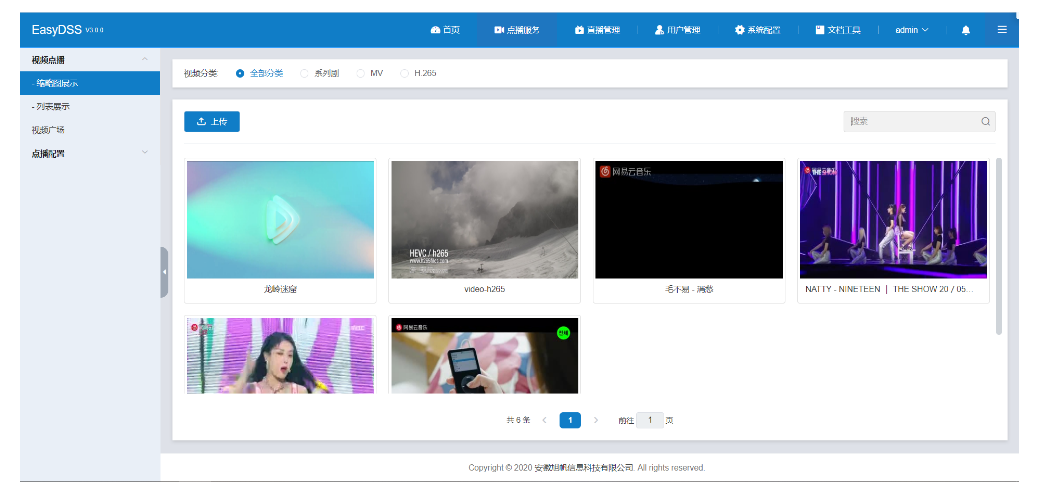My team is currently working on a web project where the front end uses json api provided by the back end. The technology that we use is Spring Boot and AngularJS. The api has the standard error format that looks like this:
{
"errorCode": "1111",
"message": "Error occurred: some error message",
"developerMessage": "message for developer"
}
The error response can also contain optional list of field validation errors.
The question is where should we do the translation of user error messages? Should the back end return already translated message based on request's locale or should the front end use the errorCode and it's i18n mechanism. We have i18n mechanisms both on back end (Spring i18n support) and front end (angular-translate).
What is the best practice? What are the pros and cons of each approach? Any advice is appreciated.
I would do it by localizing everything on the frontend. Backend would send ids which client apps then translate to localized text.
Benefits:
- single source of translation for everything - buttons, tooltips etc and the error messages
- formatting support - you might need to make some parts of the message bold/clickable/etc which needs to be done on the frontend
- client-only validation - error messages for client side validation should be the same as the server side ones for the same error (with backend localization you might end up duplicating some translations)
- language agnostic testing is possible
- language agnostic backend is possible - no need for locale on the backend just for the sake of translation
- in sync with the general recommendation of localizing as close to the client as possible
- removes the incentive of doing more backend translations in future
Drawbacks:
- translation for new errors is not possible. If an error was defined on the backend after the client apps had been bundled, clients would need to display the generic message (but if necessary can display the new error id).
- more complex bundling
To support multiple client apps you might need resx transformation during bundling step in your build. It will create resource files in the format required by the client so you can keep a single source of translations
If I had to do this, I would have done it on the back end, primarily because since the backend has the locale, and is also generating the errors, it does make sense to expect localized errors from it. It would also de-couple the systems, such that, if there is any new feature/change done on the back end, and a new error is added, you do not need to release the front end piece just for the error.
Also, once this scales up, and you have multiple backend systems, the above approach just works well, since all the error generators are responsible for taking care of their respective localizations.





